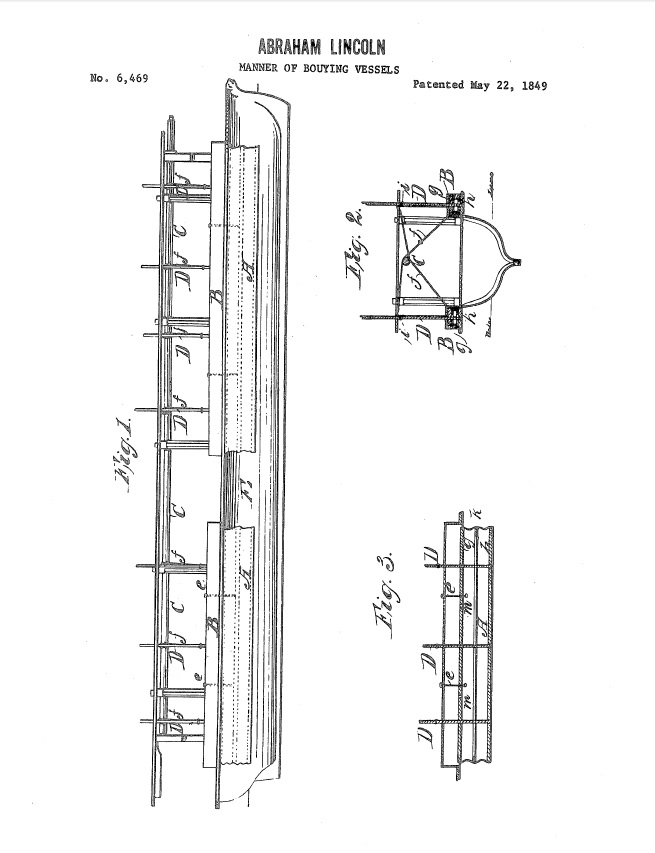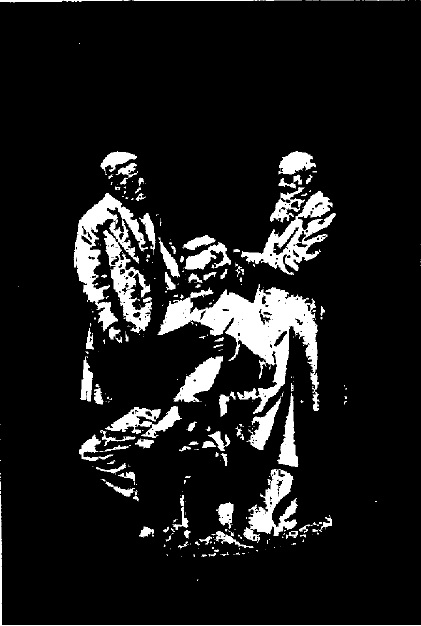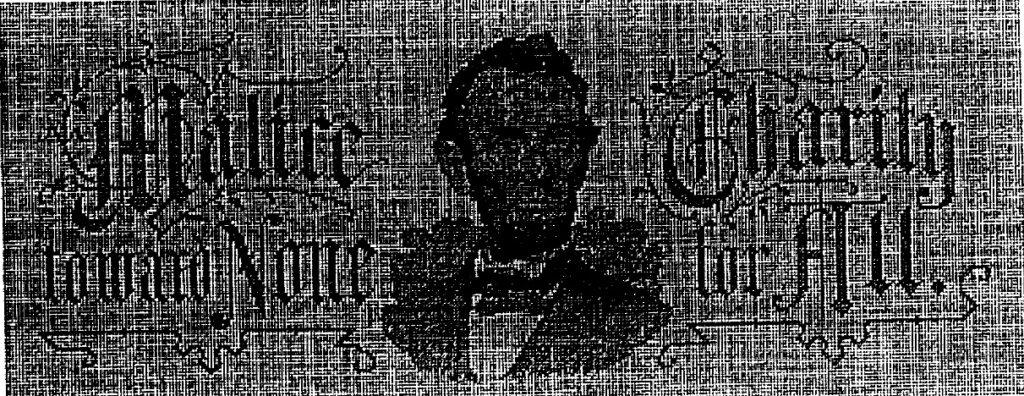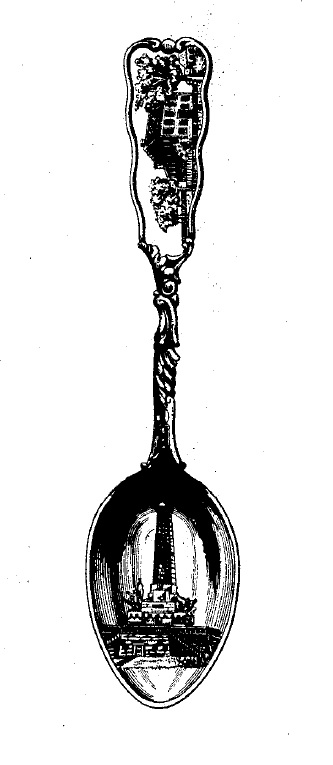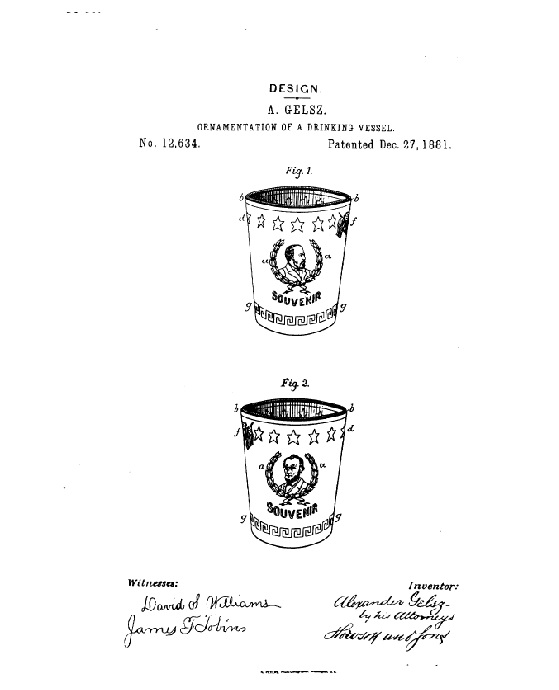In Polaris Industries, Inc. v, Arctic Cat, Inc., [2016-1807, 2016-2280] (February 9, 2018), the Federal Circuit affirmed in part, vacated in part, and remanded the PTAB’s determination in an IPR that claims of U.S. Patent No. 8,596,405 were invalid, and affirmed the PTAB’s determination is a separate IPR that the claims of the same patent were not invalid.
After being sued for infringing claims of the ’405 patent, Arctic Cat filed two petitions for inter partes review, challenging the patentability of claims 1–38 as obvious in view of combinations of certain prior
art references, including Denney, Furuhashi, and Hickey. In one petition, Arctic Cat argued that all relevant claims were obvious in view of the combination of Denney and Furuhashi, and in the other that all of the claims were obvious in view of Hickey and at least one other reference.
Polaris attacked the invalidation of the claims on three grounds: First, that the Board’s obvious analysis was predicated on an improper claim
construction or was too cursory. Second, that the Board relied on impermissible hindsight in combining the prior art, failing to articulate a valid motivation to combine these references and applying a “subjective preferences” analysis that finds no basis in this court’s precedents. Third, it contends that the Board erred in rejecting the undisputed evidence that Polaris introduced regarding the commercial success.
On the first grounds, the Federal Circuit rejected Polaris’ claim construction, noting that claims are given their broadest reasonable interpretation, and finding Polaris’ construction too restrictive. Regarding Polaris’ argument about the cursory nature of the Board’s analysis, the Federal Circuit noted that although the Board’s reasoning could have been more thorough, it did not find fault in the Board’s arguably limited treatment of Polaris’s arguments where the Board’s treatment “was at least commensurate with Polaris’s presentation of this issue.
On the issue of hindsight, the Federal Circuit agreed with Polaris, the Board failed to analyze whether the prior art taught away from the claim limitations. The Federal Circuit noted that the Board said that “one of ordinary skill has the ability to weigh the various benefits and disadvantages based on subjective preferences in an analysis largely unrelated to obviousness,” and said that it has never articulated a framework for analyzing whether claims would have been obvious that includes the phrase “subjective preference” or that permits a tribunal
to wholly disregard the significance of prior art teachings based on such a characterization. The Federal Circuit identified three problems with the Board’s “subjective preference” analysis: First, by completely disregarding certain teachings as ill defined “subjective preferences,” the Board’s approach invited the “distortion caused by hindsight bias” into the fold. The Federal Circuit also noted that the Board improperly focused on what a skilled artisan would have been able to do, rather than what a skilled artisan would have been motivated to do at the time of the
invention. Finally, the Federal Circuit found that the Board’s analysis encourages the fact-finder to outright discard evidence relevant both to “teaching away” and to whether skilled artisans would have been
motivated to combine references.
Finally, the Federal Circuit agreed that the Board erred when it declined to accord substantive weight to the Polaris’ undisputed evidence that its product is the invention disclosed in certain claims because it characterized the Polaris’ evidence as “conclusory,” noting that Artic Cat presented no contrary evidence. The Federal Circuit said that the Board must assess the import of this evidence after presuming
that a nexus between the claims and the commercial success exists, unless and until that presumption is adequately rebutted.

